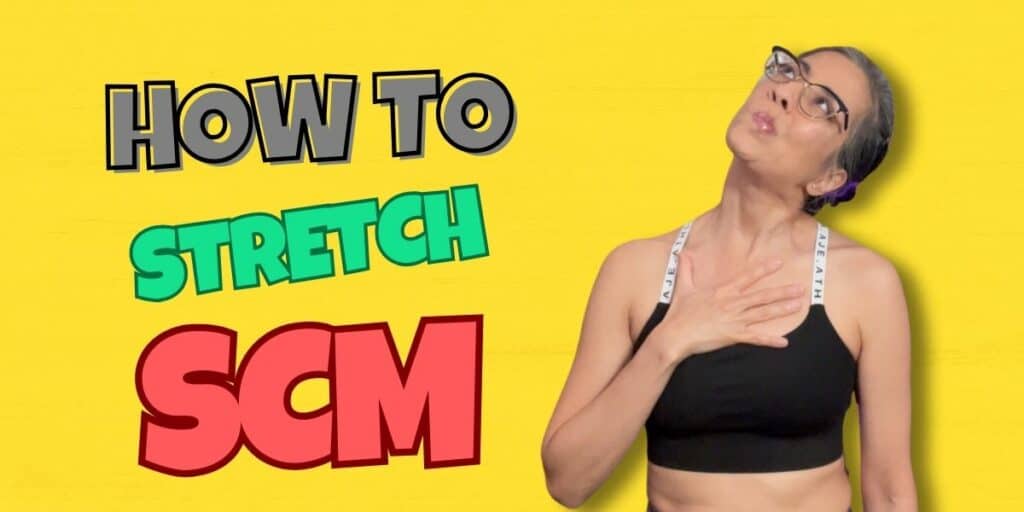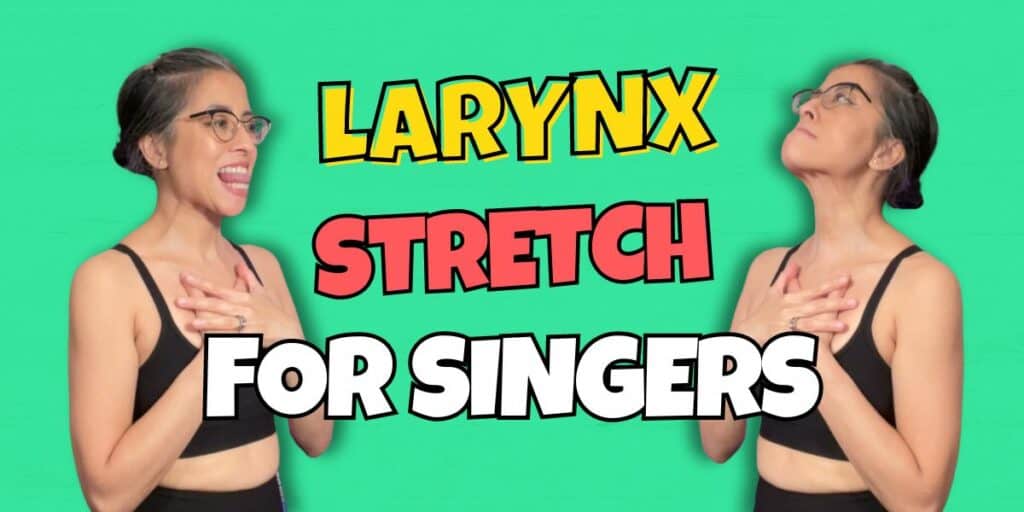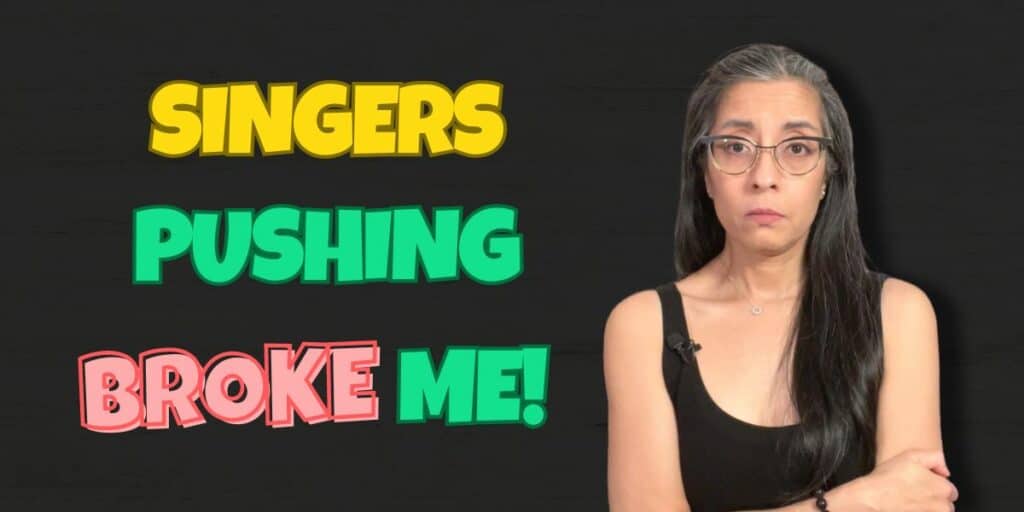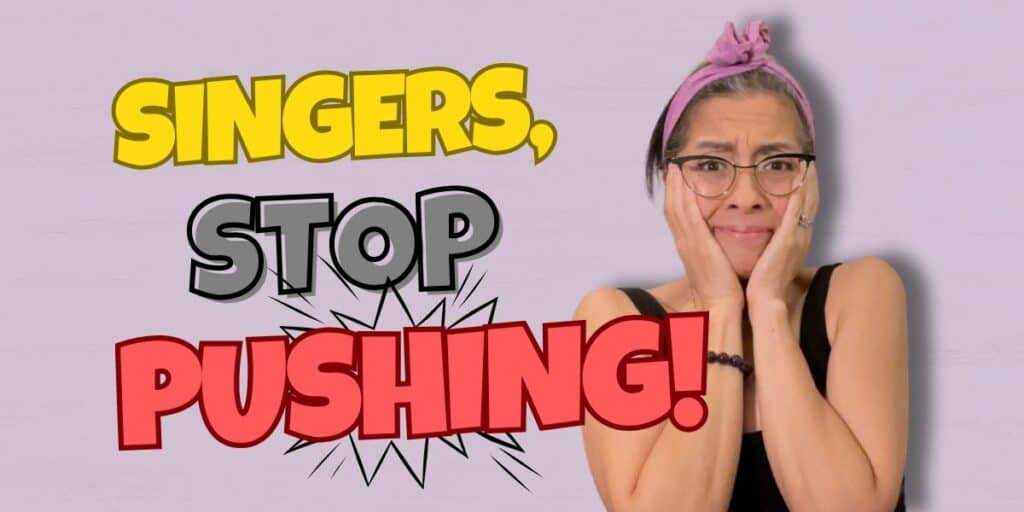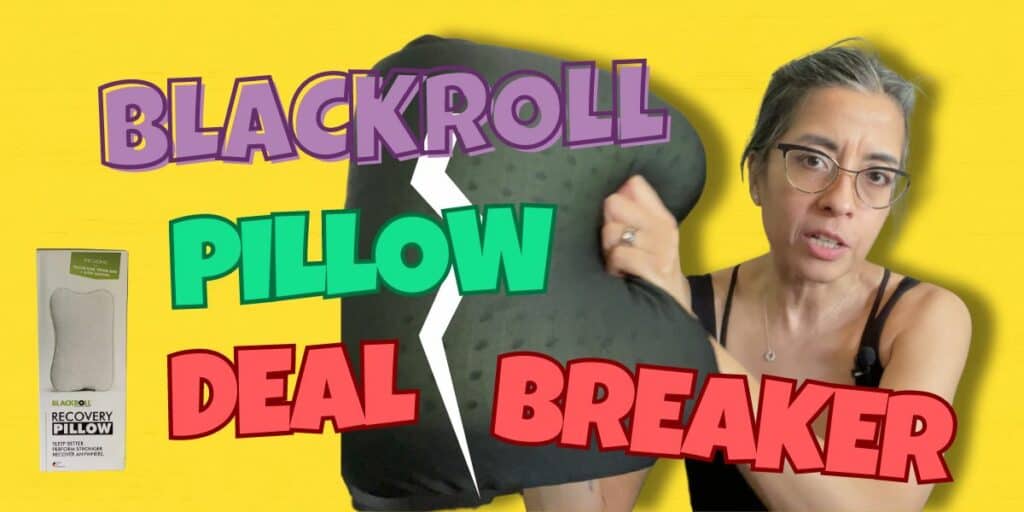Skill is the holy grail of movement training but what really is skill and how can you hone your?
Like This Post?
Never miss a post.
Get our blog posts delivered straight to your inbox!
In this episode of MoveMedics TV I breakdown what Skill actually is. I review some of the tips from previous episodes and show you how they apply to Skill development. I also tell you all about how sneaky your brain can be when you’re learning a new skill, especially as an adult, and how you can avoid making that costly mistake.
’Til next time, Be Free In Your Movement™.
x
Selina
B. Phty
This information is not medical advice. Got health concerns? Consult a real-life health professional.
Views are my own.
*Affiliate links. Your choosing to use these goes towards supporting my content creation. Thank you.
Skill is really the holy grail of movement training, isn’t it? It doesn’t matter what movement you do, we all want to get better at doing what we enjoy. So what is Skill all about and how can you hone yours? Let’s find out.
Hi, I’m Selina, physio from MoveMedics, welcome to my channel. If you are new please consider subscribing, especially if you are a movement enthusiast who want to do split, straddle, backbend, to complement your favourite movement activity, or you are a singer who want to optimise your movement to support your vocal health and performance.
This is the second last part of the Movement Capacity Series and we are talking about Skill.
When I was at physio school I learned that Skill is a movement that we can do with minimum effort, that gives us maximum result, with the lowest risk of injuries. So really Skill is about energy efficiency, proficiency, and safety, and in terms of Movement Capacity, Skill really is about advanced Neuro-Motor Control, and Skill is what sets apart an amateur from a master.
Like I say to my husband who plays tennis, that a backhand down the line is a backhand down the line, the difference between his one and Roger Federer’s is that Roger has perfected those neural motor pathways and has supreme Neuro-Motor Control for the backhand down the line.
So to develop Skill really is about refining and polishing those neural motor pathways and developing supreme Neuro-Motor Control, this is why I think Neuro-Motor Control is the most important Movement Element in movement training. Now how do we do that then? Well I’ve been sprinkling tips for you all through the previous episodes and I think it’s now a very good time to make a summary.
So let’s start thinking about how to minimise the effort and maximising the results. In the previous episode when we talked about Neuro-Motor Control, we talked about making sure that your brain is ready and your brain needs to be alert, attentive, and it also responds to a bit of urgency, so if you haven’t seen that yet make sure you go and check that out for the detailed breakdown.
Next in the Coordination episode we talked about brain space, having sufficient brain space for a task. Now when we are working on Skill it’s safe to say that we are working on more advanced, more complex movement, so break down the complex movement into individual components and giving each component as much brain space as you can each time and in turn, when you do that you are polishing and refining the neural motor pathways for each of the component, reducing the effort required for each so that when you combine it again, the overall effort, the effort for you to do everything together will also be reduced.
Then in the Endurance episode we talked about neurones that fire together, wire together. You get better at doing what you repeat, which is reassuring because you know that if you put in the effort and keep practicing the results will come, but if you practise the wrong things then you are in trouble, you are just going to get better at doing the wrong things.
So how do we make sure we practise the right things? This is when the Knowledge of Movement comes into it, and having the Knowledge of Movement also is important in terms of reducing the risk of injuries, and that is what we will get fully into next week.
The next thing I want to talk to you about is something we haven’t talked about so far but it definitely relates to energy efficiency, proficiency, and safety and that is this.
Your brain is super energy efficient and extremely energy miserly, your brain will always take the path of least resistance and the least energy demanding way to do a movement task, when you’re trying to form new neural motor pathways, that takes a lot of energy, so in terms of energy expenditure that is expensive, so when you learn a new movement, especially as an adult your brain is going to go first to the archive to see what’s there, is there something similar? Is a half a blueprint I can borrow and you know build from? Oh! What’s this? Let’s check that out and see if it works.
Now sometimes it works but sometimes it doesn’t, for example when I was a teenager I played the Electone, I was obsessed with it so I built a tonne of neural motor pathways, and then I had depression and I stopped playing music, 17 years later I picked it up again but now I’m playing keyboard instead, but that transferred very well and one night I thought okay let’s see what I can remember and I tried to play scales, and the more I tried to play the scales, the more I sucked, and then I stopped trying, close my eyes and see what happens and I just play them, all of them perfectly, so of course I was pleasantly surprised at how much muscle memory I had and that’s why they say you never really forget how to ride a bike, but that doesn’t always work out so well.
For example if we look at squash and tennis, they both require you to hold on to a racket and hit a small ball, so you might think that a squash player can easily transfer to playing tennis, but that is not the case because the technique required are very different, now my husband is a keen tennis player and he told me that the technique for squash is horrible for tennis, because it is too much wrist, so if you just go and you know build your tennis skill from squash skills, at the least you will be ineffective but at the worst you risk injuries, and no one wants that, right.
And that’s why Master Yoda say to improve sometimes you must first unlearn what you have learnt, and this is another reason why having the Knowledge of Movement is super important.
Spoiler alert! Having a skill doesn’t mean that you have the Knowledge of Movement of that skill, just because you can do the skill, doesn’t mean that you can teach the skill, and we will talk all about that in the next video. But until then I have a special message for you.
I believe that better movement is available to anyone who wants it and I am here to show you how. So if you have any question about this episode or movement in general, please don’t hesitate to leave me a comment and I will do my best to help you out.
Apart from subscribing to this channel you can also follow me on the Instagram for bite-size movement and mindset tips.
Now we know here on YouTube that every click, every minute watched, every like, comment, every sub, every share goes a very long way to helping a channel grow so I want to thank you very much for spending time with me today, I really appreciate you and I look forward to seeing you in the next episode.
Until then thank you so much for watching and Be Free In Your Movement™


